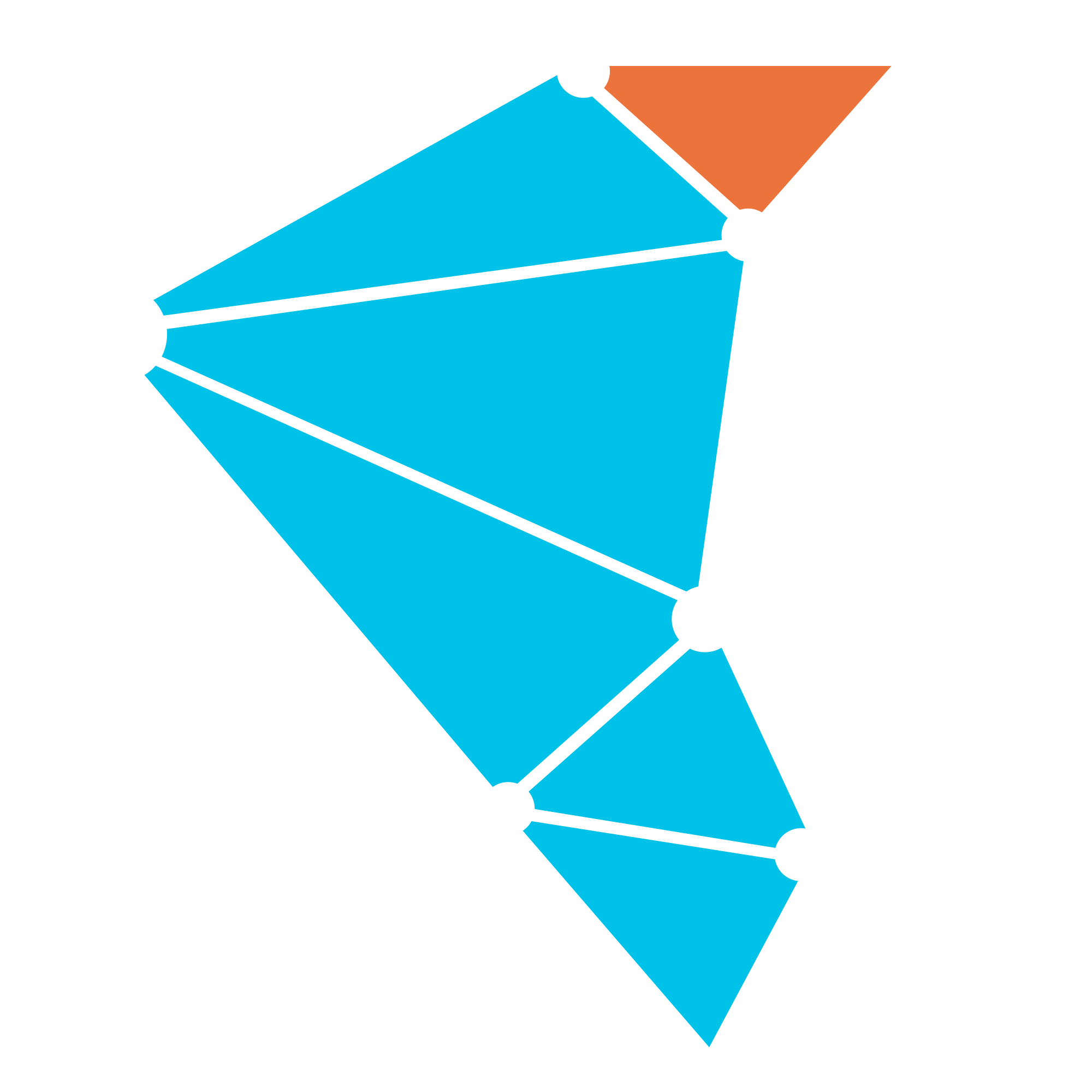WordCount Source
Lets look at the batch word count and streaming word count sources.
Batch WordCount
The source can be found in WordCount.java.
First lets look at the job creation code.
/**
* We submit the job in the main method
* @param args not using args for this job
*/
public static void main(String[] args) {
// build JobConfig, these are the parameters of the job
JobConfig jobConfig = new JobConfig();
jobConfig.put("NO_OF_SAMPLE_WORDS", 100);
jobConfig.put("MAX_CHARS", 5);
Twister2Job.Twister2JobBuilder jobBuilder = Twister2Job.newBuilder();
jobBuilder.setJobName("tset-simple-wordcount");
jobBuilder.setWorkerClass(WordCount.class);
// we use 2 processes, each with 512mb memory and 1 CPU assigned
jobBuilder.addComputeResource(1, 512, 2);
jobBuilder.setConfig(jobConfig);
// now submit the job
Twister2Submitter.submitJob(jobBuilder.build(), ResourceAllocator.getDefaultConfig());
}
In this code, the job parameters and job resources are specified. Twister2JobBuilder is used to
build the job. In the above example, 2 parallel processes each with 512 MB of memory is used to run
the example.
Twister2Submitter.submitJob is used to submit the job to the cluster.
The Job class
Every Twister2 job should implement Twister2Worker interface.
That interface has only one method: execute.
Inside the execute method, the proper environment object should be initialized.
In this case, BatchEnvironment is initialized.
public class WordCount implements Twister2Worker, Serializable {
@Override
public void execute(WorkerEnvironment workerEnv) {
BatchEnvironment env = TSetEnvironment.initBatch(workerEnv);
}
}
In this method we need to create the computation and execute it.
Batch graph
Lets see how the job graph is created and executed.
@Override
public void execute(WorkerEnvironment workerEnv) {
BatchEnvironment env = TSetEnvironment.initBatch(workerEnv);
int sourcePar = 4;
Config config = env.getConfig();
// create a source with fixed number of random words
SourceTSet<String> source = env.createSource(
new WordGenerator((int) config.get("NO_OF_SAMPLE_WORDS"), (int) config.get("MAX_CHARS")),
sourcePar).setName("source");
// map the words to a tuple, with <word, 1>, 1 is the count
KeyedTSet<String, Integer> groupedWords = source.mapToTuple(w -> new Tuple<>(w, 1));
// reduce using the sim operation
KeyedReduceTLink<String, Integer> keyedReduce = groupedWords.keyedReduce(Integer::sum);
// print the counts
keyedReduce.forEach(c -> LOG.info(c.toString()));
}
In the above example, we create a SourceTSet<String> source. This source outputs a set of
words as strings. These strings are mapped to a key, value pair (tuple) using the mapToTuple method.
Finally a key based reduce operation is used to get the global sum of the words.
The forEach is an action operation, which executes the computation.
Streaming WordCount
Streaming word count is similar to batch wordcount with few key differences. Job submission is same in both cases.
The Job class
For the job class we implement the Twister2Worker interface. Inside the execute method,
we initialize streaming environment object.
public class WordCount implements Twister2Worker, Serializable {
@Override
public void execute(WorkerEnvironment workerEnvironment) {
StreamingEnvironment cEnv = TSetEnvironment.initStreaming(workerEnvironment);
}
}
Streaming graph
Here is the full code of the streaming graph. First we create a source that has an endless output stream of random words. Then we send those words specific tasks using a hash partitioning. Since a given word goes to the same task, we can create a global count of words inside that task.
public void execute(WorkerEnvironment workerEnvironment) {
StreamingEnvironment cEnv = TSetEnvironment.initStreaming(workerEnvironment);
// create source and aggregator
cEnv.createSource(new SourceFunc<String>() {
// sample words
private List<String> sampleWords = new ArrayList<>();
// the random used to pick he words
private Random random;
@Override
public void prepare(TSetContext context) {
this.random = new Random();
RandomString randomString = new RandomString(MAX_CHARS, random, RandomString.ALPHANUM);
for (int i = 0; i < NO_OF_SAMPLE_WORDS; i++) {
sampleWords.add(randomString.nextRandomSizeString());
}
}
@Override
public boolean hasNext() {
return true;
}
@Override
public String next() {
return sampleWords.get(random.nextInt(sampleWords.size()));
}
}, 4).partition(new HashingPartitioner<>()).sink(new SinkFunc<String>() {
// keep track of the counts
private Map<String, Integer> counts = new HashMap<>();
private TSetContext context;
@Override
public void prepare(TSetContext context) {
this.context = context;
}
@Override
public boolean add(String word) {
int count = 1;
if (counts.containsKey(word)) {
count = counts.get(word);
count++;
}
counts.put(word, count);
LOG.log(Level.INFO, String.format("%d Word %s count %s", context.getIndex(),
word, count));
return true;
}
});
// start executing the streaming graph
cEnv.run();
}
